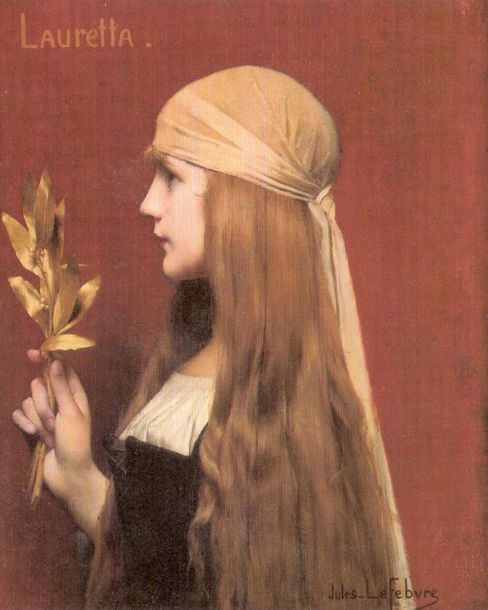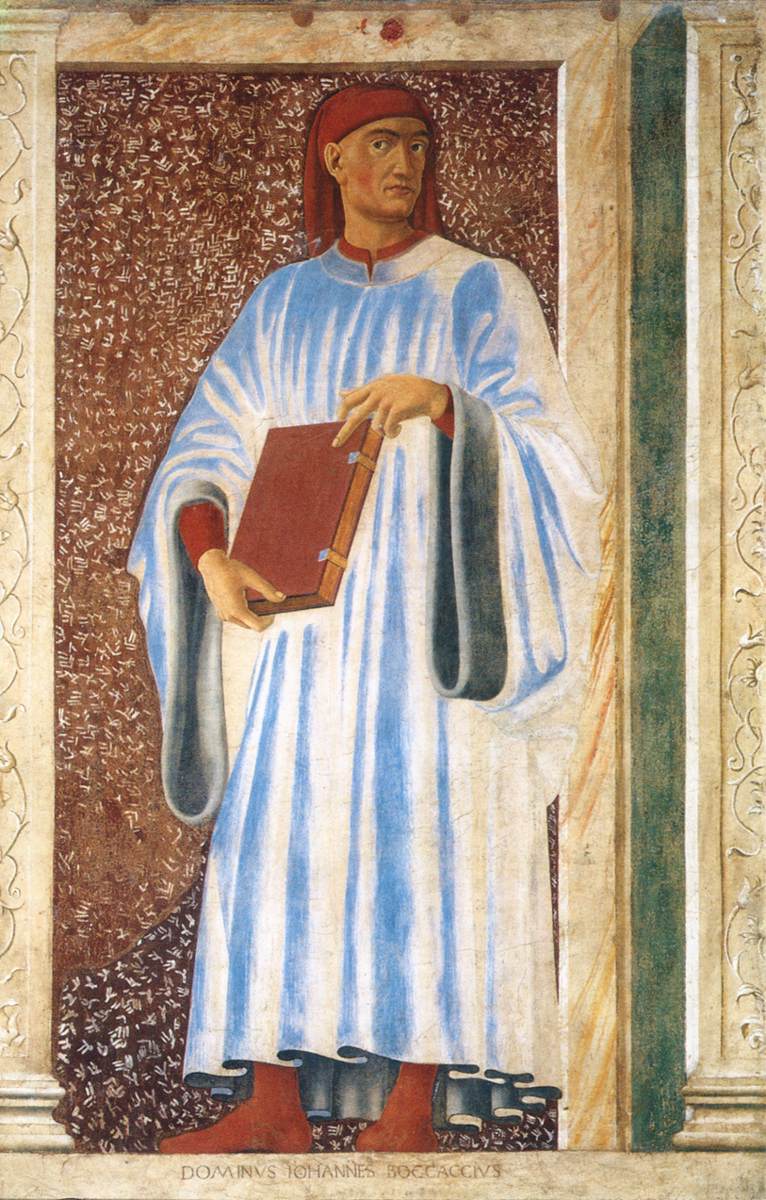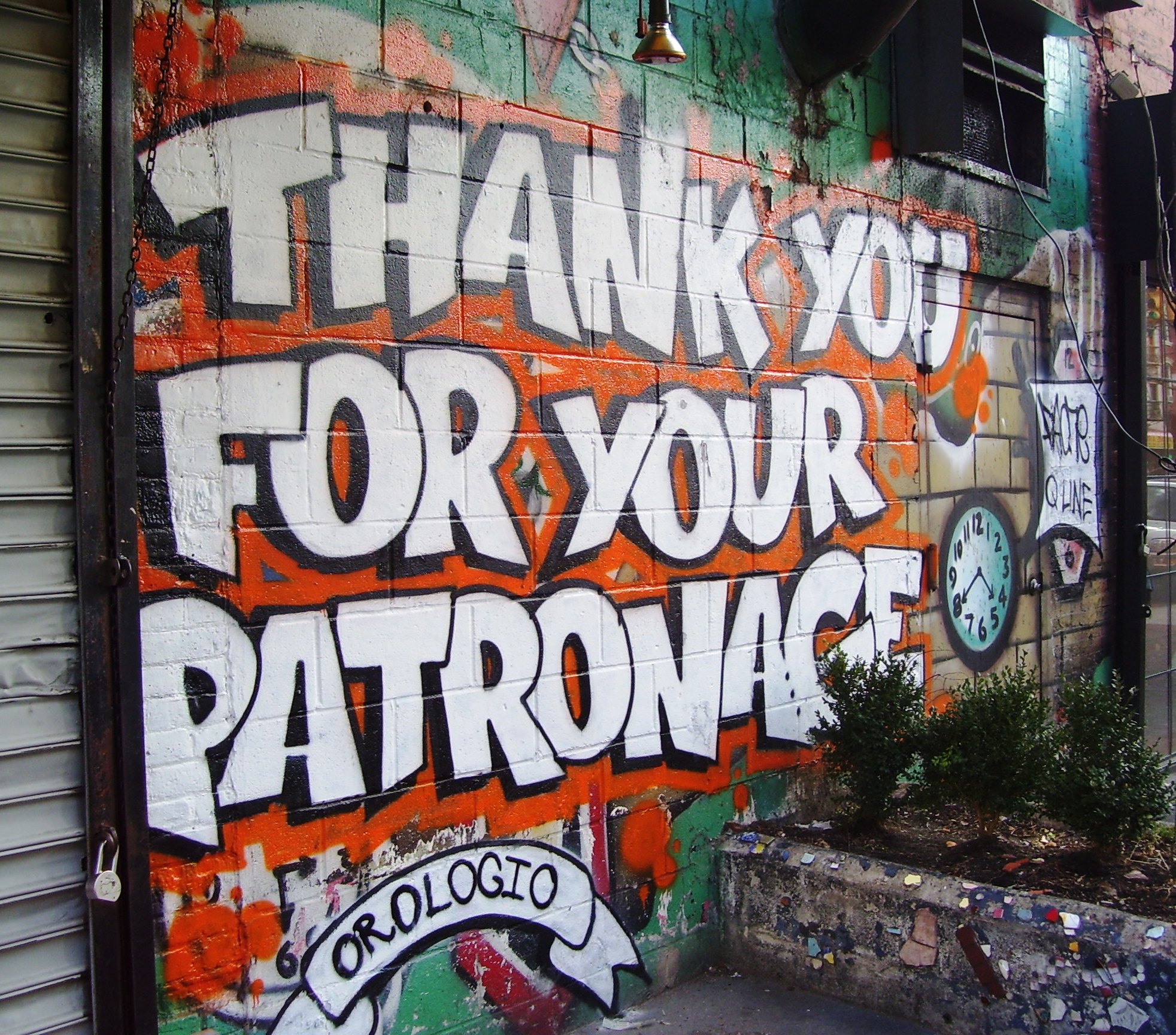|
Saluces
Saluzzo (; ) is a town and former principality in the province of Cuneo, in the Piedmont region, Italy. The city of Saluzzo is built on a hill overlooking a vast, well-cultivated plain. Iron, lead, silver, marble, slate etc. are found in the surrounding mountains. On 1 January 2017 it had a population of 17.581 Saluzzo was the birthplace of the writer Silvio Pellico and of typographer Giambattista Bodoni. History Saluzzo (Salusse in Piedmontese) was a ''civitas'' (tribal city state) of the Vagienni, or mountain Ligures, and later of the Salluvii. This district was brought under Roman control by the Consul Marcus Fulvius . In the Carolingian age it became the residence of a count; later, having passed to the Marquesses of Susa, Manfred I, son of Marquess Bonifacio del Vasto, on the division of that principality became Marquess of Saluzzo; this family held the marquisate of Saluzzo from 1142 to 1548. The marquisate embraced the territory lying between the Alps, the Po and th ... [...More Info...] [...Related Items...] OR: [Wikipedia] [Google] [Baidu] |
Manfredo I Of Saluzzo
Manfred I (died 1175) was the founder and first ruler of the marquisate of Saluzzo from 1142 until his death. Manfred was the eldest of seven sons of Bonifacio del Vasto, the ruler of scattered holdings between Savona and the Tanaro, and Agnes of Vermandois. He is first recorded in a document of 1123. After Bonifacio's death in 1125, his lands were ruled jointly by the brothers, but in 1142 they divided them up. Manfred took most of the lands between the Alps, the Po and the Stura. His new lordship was larger than his brother's and better positioned to become a true principality. It only came to be known as the marquisate of Saluzzo after his death. In his own life he used the title of marquis without a territorial designation, or else "marquis of Vasto" (Latin ''marchio de Vasto'').Armando Tallone''Regesto dei marchesi di Saluzzo (1091–1340)''(Pinerolo, 1906), nos. 37, 40, 44, 51. He made his the strategically important castle of Saluzzo in the centre of his domain his seat. [...More Info...] [...Related Items...] OR: [Wikipedia] [Google] [Baidu] |
Griselda (folklore)
Griselda (anglicised to Grizzel, Grissel, Grissela and similar forms) is a figure in European folklore noted for her patience and obedience. In literature In the most famous version of the Griselda tale, written by Giovanni Boccaccio , Griselda marries Gualtieri, the Marquis of Saluzzo, who tests her by declaring that their two children—a son and a daughter—must both be put to death. Griselda gives both of them up without protest, but Gualtieri does not actually kill the children, instead sending them away to Bologna to be raised. In a final test, Gualtieri publicly renounces Griselda, claiming he had been granted papal dispensation to divorce her and marry a better woman; Griselda goes to live with her father. Some years later, Gualtieri announces he is to remarry and recalls Griselda as a servant to prepare the wedding celebrations. He introduces her to a twelve-year-old girl he claims is to be his bride but who is really their daughter; Griselda wishes them well. At thi ... [...More Info...] [...Related Items...] OR: [Wikipedia] [Google] [Baidu] |
Monviso
Monte Viso or Monviso (; ; or simply ) is the highest mountain of the Cottian Alps, located in Piedmont, Italy, close to the French border. Monte Viso is well known for its pyramid-like shape. Because it is higher than all its neighbouring peaks by about 500 m, it can be seen from a great distance, including from the Piedmontese plateau, the Langhe, the Theodulpass in the Zermatt ski area, the Col du Galibier and the summits of the Mont Blanc massif. On a very clear day, it can be seen from the spires of Milan Cathedral. It has been suggested that Monte Viso could be one of the mountains which inspired the Paramount Pictures, Paramount logo, even though the company has denied the claims. In Italy it is also known as ("the Stone King") because of its prominence within the western Italian Alps. It was declared a cross-border UNESCO biosphere reserve in 2013. The longest river of Italy, River Po, is born at the mountain's foot. Geography On the northern slopes of Monte Vis ... [...More Info...] [...Related Items...] OR: [Wikipedia] [Google] [Baidu] |
House Of Savoy
The House of Savoy (, ) is a royal house (formally a dynasty) of Franco-Italian origin that was established in 1003 in the historical region of Savoy, which was originally part of the Kingdom of Burgundy and now lies mostly within southeastern France. Through gradual expansions, the family grew in power, first ruling the County of Savoy, a small Alpine county northwest of Italy, and later gaining absolute rule of the Kingdom of Sicily. During the years 1713 to 1720, they were handed the Kingdom of Sardinia (1324–1720), Kingdom of Sardinia and would exercise direct rule from then onward as Piedmont–Sardinia, which was the legal predecessor state of the Kingdom of Italy, which in turn is the predecessor of the present-day History of the Italian Republic, Italian Republic. From rule of a region on the French–Italian border, by the time of the abolition of monarchy in Italy, the dynasty's realm grew to include nearly all of the Italian peninsula. Through its junior branch of Sa ... [...More Info...] [...Related Items...] OR: [Wikipedia] [Google] [Baidu] |
Manfredo II Of Saluzzo
Manfred II (1140–1215) was the second marquess of Saluzzo from his father's death in 1175 to his own. He was the son of Manfred I of Saluzzo, Manfred I and Eleanor. He placed the capital of the margravate definitively in Saluzzo. He married Azalaïs of Montferrat (also Alasia, or Alice) before 1182, forming an alliance with one of the most powerful dynasties in northern Italy. Manfred expanded the march and fought against the expansionism of the neighbouring counts of Savoy. After several minor skirmishes, the two principalities came to terms in 1213 and peace was established for the final two years of his life. Since his eldest son Boniface had predeceased him in 1212, he was succeeded by his grandson, Manfred III of Saluzzo, Manfred III, under the regency of Azalaïs. She had to pay tribute on behalf of young Manfred, and for the next century, Saluzzo was a vassal of Savoy. Family Manfred and Azalais had: * Agnes, married Comita III of Torres and founded the nunnery of St Mar ... [...More Info...] [...Related Items...] OR: [Wikipedia] [Google] [Baidu] |
Decameron
''The Decameron'' (; or ''Decamerone'' ), subtitled ''Prince Galehaut'' (Old ) and sometimes nicknamed ''l'Umana commedia'' ("the Human comedy", as it was Boccaccio that dubbed Dante Alighieri's ''Comedy'' "''Divine''"), is a collection of short stories by the 14th-century Italian author Giovanni Boccaccio (1313–1375). The book is structured as a frame story containing 100 tales told by a group of seven young women and three young men; they shelter in a secluded villa just outside Florence in order to escape the Black Death, which was afflicting the city. The epidemic is likely what Boccaccio used for the basis of the book which was thought to be written between 1348–1353. The various tales of love in ''The Decameron'' range from the erotic to the tragic. Tales of wit, practical jokes, and life lessons also contribute to the mosaic. In addition to its literary value and widespread influence (for example on Chaucer's ''Canterbury Tales''), it provides a document of lif ... [...More Info...] [...Related Items...] OR: [Wikipedia] [Google] [Baidu] |
Giovanni Boccaccio
Giovanni Boccaccio ( , ; ; 16 June 1313 – 21 December 1375) was an Italian people, Italian writer, poet, correspondent of Petrarch, and an important Renaissance humanism, Renaissance humanist. Born in the town of Certaldo, he became so well known as a writer that he was sometimes simply known as "the Certaldese" and one of the most important figures in the European literary panorama of the 14th century, fourteenth century. Some scholars (including Vittore Branca) define him as the greatest European prose writer of his time, a versatile writer who amalgamated different literary trends and genres, making them converge in original works, thanks to a creative activity exercised under the banner of experimentalism. His most notable works are ''The Decameron'', a collection of short stories, and ''De Mulieribus Claris, On Famous Women''. ''The Decameron'' became a determining element for the Italian literary tradition, especially after Pietro Bembo elevated the Boccaccian styl ... [...More Info...] [...Related Items...] OR: [Wikipedia] [Google] [Baidu] |
Charles Emmanuel I Of Savoy
Charles Emmanuel I (; 12 January 1562 – 26 July 1630), known as the Great, was the Duke of Savoy and ruler of the Savoyard states from 30 August 1580 until his death almost 50 years later in 1630, he was the longest-reigning Savoyard monarch at the time, only for his record to be surpassed by his great-grandson Victor Amadeus II. He was nicknamed (, in context "the Hot-Headed") for his rashness and military aggression. Being ambitious and confident, Charles pursued a policy of expansion for his duchy, seeking to expand it into a kingdom. Biography Charles was born in the Castle of Rivoli in Piedmont, the only child of Emmanuel Philibert, Duke of Savoy and Margaret of France, Duchess of Berry. He succeeded his father as duke on 30 August 1580. His father was a devout Catholic and advised Charles to follow in his footsteps: My son, I urge you above all to be a true friend and devout servant of God and His holy Catholic religion, as were your ancestors. Never begin anything ... [...More Info...] [...Related Items...] OR: [Wikipedia] [Google] [Baidu] |
Duchy Of Savoy
The Duchy of Savoy (; ) was a territorial entity of the Savoyard state that existed from 1416 until 1847 and was a possession of the House of Savoy. It was created when Sigismund, Holy Roman Emperor, raised the County of Savoy into a duchy for Amadeus VIII. The duchy was an Imperial fief, subject of the Holy Roman Empire, until 1792, with a vote in the Imperial Diet. From the 16th century, Savoy belonged to the Upper Rhenish Circle. Its territory included the current French departments of Savoie, Haute-Savoie, and the Alpes-Maritimes, the current Italian region of Aosta Valley, a large part of Piedmont and the County of Geneva in Switzerland, which was then lost to the Old Swiss Confederacy. The main Vulgar languages that were spoken within the Duchy of Savoy were Piedmontese and Arpitan. Terminology The Duchy of Savoy was the central and most prominent of the territories possessed by the House of Savoy, and hence this title was and still is used often to indicate th ... [...More Info...] [...Related Items...] OR: [Wikipedia] [Google] [Baidu] |
Kingdom Of France
The Kingdom of France is the historiographical name or umbrella term given to various political entities of France in the Middle Ages, medieval and Early modern France, early modern period. It was one of the most powerful states in Europe from the High Middle Ages to 1848 during its dissolution. It was also an early French colonial empire, colonial power, with colonies in Asia and Africa, and the largest being New France in North America geographically centred around the Great Lakes. The Kingdom of France was descended directly from the West Francia, western Frankish realm of the Carolingian Empire, which was ceded to Charles the Bald with the Treaty of Verdun (843). A branch of the Carolingian dynasty continued to rule until 987, when Hugh Capet was elected king and founded the Capetian dynasty. The territory remained known as ''Francia'' and its ruler as ('king of the Franks') well into the High Middle Ages. The first king calling himself ('King of France') was Philip II of Fr ... [...More Info...] [...Related Items...] OR: [Wikipedia] [Google] [Baidu] |
Patron
Patronage is the support, encouragement, privilege, or financial aid that an organization or individual bestows on another. In the history of art, art patronage refers to the support that princes, popes, and other wealthy and influential people have provided to artists such as musicians, painters, and sculptors. It can also refer to the right of bestowing offices or church benefices, the business given to a store by a regular customer, and the guardianship of saints. The word ''patron'' derives from the Latin ('patron'), one who gives benefits to his clients (see patronage in ancient Rome). In some countries, the term is used to describe political patronage or patronal politics, which is the use of state resources to reward individuals for their electoral support. Some patronage systems are legal, as in the Canadian tradition of the prime minister appointing senators and the heads of a number of commissions and agencies; in many cases, these appointments go to people who have ... [...More Info...] [...Related Items...] OR: [Wikipedia] [Google] [Baidu] |







